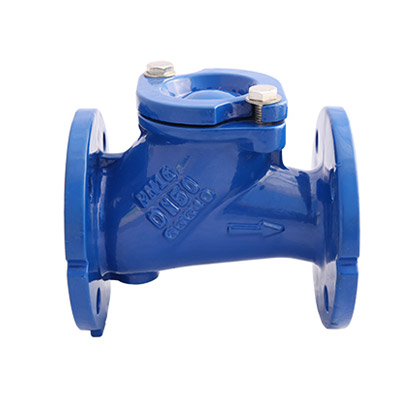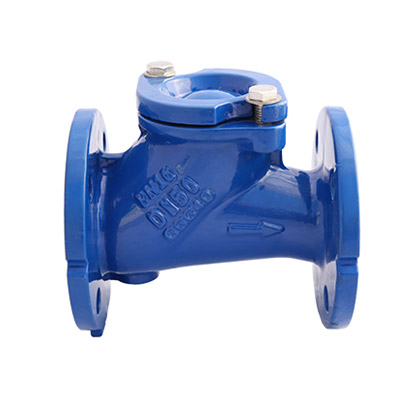
In fluid control systems, choosing the correct valve is essential for performance, safety, and longevity. When working with water, wastewater, or industrial pipelines, Cast Iron Swing Check Valve, Cast Iron Gate Valve, and Cast Iron Globe Valve are often considered. However, the Ball Check Valve is gaining increasing popularity due to its compact design and self-cleaning features.
Ball Check Valve vs Lift Check Valve: What’s the Difference?
Understanding Ball Check Valve vs Lift Check Valve is important when selecting a valve for a specific application. A Ball Check Valve uses a spherical ball to block backflow, offering excellent sealing performance with fewer moving parts. In contrast, a Lift Check Valve relies on a guided disc that moves vertically within the body, which may require frequent maintenance if debris accumulates.
Industry data shows that Ball Check Valves can reduce maintenance time by up to 40% compared to Lift Check Valves, especially in wastewater systems.
Check Valve with Ball vs Disc: Functional Comparison
When comparing Check Valve with Ball vs Disc, both designs serve the same purpose—preventing backflow—but differ in operation. Ball-type check valves allow for smoother flow transitions and are ideal for slurry, viscous liquids, or systems prone to clogging. Disc check valves, however, may be better suited for high-pressure applications where quick closure is critical.
Common Uses of Cast Iron Valves
Valves made from cast iron are widely used in municipal, commercial, and industrial pipelines. A Cast Iron Swing Check Valve is frequently chosen for horizontal flow systems. The Cast Iron Gate Valve is ideal for on-off service, offering minimal flow resistance, while the Cast Iron Globe Valve provides excellent throttling capabilities.
How to Install Ball Check Valve Properly
Knowing How to Install Ball Check Valve correctly ensures its optimal performance. Installation steps typically include:
-
Ensuring the pipeline is free of debris.
-
Placing the valve in the correct flow direction.
-
Using flanges or threaded ends for a secure fit.
-
Performing a pressure test before commissioning.
Incorrect installation can lead to valve jamming or incomplete sealing, especially if the ball is misaligned.
Ball Check Valve Maintenance Best Practices
Ball Check Valve Maintenance is relatively simple compared to other valve types. Routine checks every 6 to 12 months are recommended for industrial systems. Maintenance includes inspecting the ball for wear or sediment buildup and checking the valve seat for signs of erosion.
Troubleshooting Ball Check Valve Issues
Common issues addressed in Troubleshooting Ball Check Valve guides include:
-
Backflow due to a worn-out ball.
-
Noise during operation caused by rapid closure.
-
Leakage due to improper installation.
A good troubleshooting process minimizes downtime and extends the valve’s lifespan.
Ball Check Valve Repair Guide
When issues arise, a proper Ball Check Valve Repair Guide can help. Typical repairs involve disassembling the valve body, cleaning or replacing the ball, and resealing the seat. In most cases, repairs can be completed without removing the entire valve from the pipeline, making the process both cost-effective and time-efficient.


